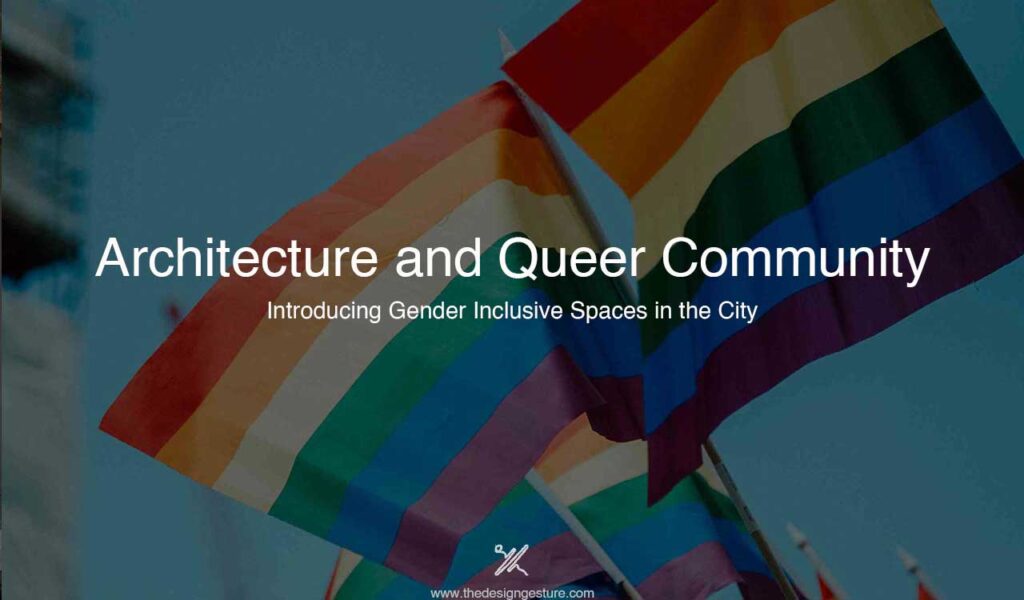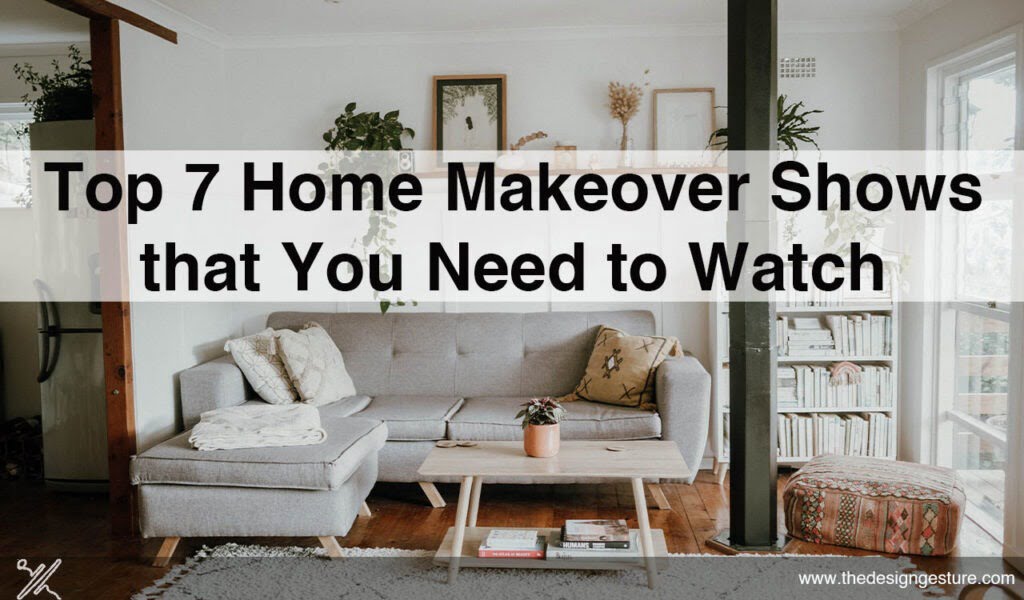Table of Contents
Introduction
On September 6, 2018, the Supreme Court of India issued a landmark decision decriminalizing homosexuality by partially invalidating Section 377 of the Indian Penal Code. The LGBT community erupted in exuberant celebrations around the nation as they celebrated their win against the 200-year-old British statute that criminalized same-sex relationships. However, the LGBTQIA+ community in India suffers from gender and identity-based persecution, and finding a safe city to live in is a painful struggle for its members. This makes us raise this question: are cities LGBTQIA+ friendly? Even though our cities may seem progressive still mainly cater to the cis-gendered heterosexual community. Is it possible to introduce queer spaces into the city? What are the issues faced by the LGBTQIA+ community?
Queer People and Public Restrooms
Public restrooms are one of the most essential services that every city must have. The LGBTQIA+ community, however, is the one most impacted by this issue. Trans women and trans men feel judged when they use the restrooms under their gender identities. The attendants and even the women themselves are quick to point out that a trans woman is using a women’s restroom. On occasion, they are not let inside. Even non-binary individuals experience this issue daily. When they occasionally feel uncomfortable in other areas, they use restrooms built for people with impairments to avoid inquiry and rude behaviour.
Changing Rooms
Another problem that the LGBTQ community faces is access to changing rooms. They don’t feel comfortable entering the spaces. People who are non-binary are forced to use the restrooms under the gender they were assigned at birth and are subject to public scrutiny. Similar to public restrooms, transgender people are judged and questioned when using their respective restrooms. Sometimes it goes extreme to physical harassment as well.
Security
Only male and female security checkpoints are present in public venues’ security systems, particularly in airports. Queer people are subjected to questions about their gender identity and harassment from security, even when they have identity documentation. Improper probing, close examination, and occasionally unwanted touching are done in the name of security. This makes the queer community’s life difficult as there are no security spots or people from their community as a security.
Police Interrogation and Police Stations
People from the LGBTQIA+ community are intimidated to approach police and police stations. Discrimination and harassment by law enforcement based on sexual orientation and gender identity are persistent and prevalent issues. By destroying trust, obstructing communication, and prohibiting officers from successfully serving and protecting the communities they patrol, such prejudice hinders effective enforcement in these neighbourhoods. There is no federal legislation that categorically and consistently forbids discrimination based on real or perceived sexual orientation and gender identity, even though a patchwork of state, municipal, and federal laws offers some protection against some types of it.
Law enforcement personnel profile, discriminate against and harass LGBT people and communities. According to data from several sources, the likelihood of such harassment and discrimination is highest for the queer community. This makes them unapproachable when they need the help of the police. Many cases get unreported the due to this issue.
House and Renting
The LGBTQIA+ group experiences prejudice based on their gender and identity, and finding safe places to live is a painful struggle for them. Because of their identities, landlords and brokers publicly refuse to rent them out spaces, rooms, or flats, citing potential “disturbance” in their communities. Instead of being straightforward, some landlords impose outrageous rents that are purposefully out of reach for potential renters. This makes it difficult for the queer community to find a space to live and especially those who travel away from their hometown to another city for work find it difficult to get a rented home or apartment.

Bars and Restaurants
Most of the bars have free entry for couples. By couples, it is usually applied to heterosexual couples. In most of the bars the queer community, especially gay and lesbian couples, are not allowed into the space as they are not cis-gendered heterosexual couples. Sometimes security mistakes them as friends or brothers/sisters and they are not able to access these spaces. Other times they just don’t simply allow them at all as it might upset the authority.
Planning Authorities
Architects who identify as LGBTQIA+ are typically at ease discussing their sexuality with their peers. However, they experience more self-consciousness in traditional firms and also while visiting clients or participating in activities on behalf of their firm. Some LGBTQIA people find it difficult to work with contractors and builders on construction sites.
Having LGBTQIA+ role models in the profession of design would increase awareness of issues relating to sexual orientation in the industry and encourage the acceptance of graduating architects. The increased visibility of LGBTQIA+ may result in a surge in community trust. Being inclusive of all people, regardless of their sexual orientation, ethnicity, or origin, would also benefit the industry as a whole.
Also, representation matters most during discussions, debates and also in planning like designing an inclusive city for all genders and discussing planning policies for the community.
Healthcare and Queer Community
LGBTQ people experience alarming rates of health care discrimination, despite existing safeguards, ranging from providing harassment and humiliation to hospital, pharmacy, and doctor rejection. There are many forms of prejudice that many LGBTQ persons encounter while seeking medical treatment.
The people of the queer community who had seen a medical professional have been discriminated against by refusing to give consultation and medication. During the rise of covid, even though there were wards for the transgender community, the caregivers in these wards were mostly male nurses.
Solution
“We shape our buildings, and afterwards, our building shapes us” -Winston Churchill
Architects built spaces, and these spaces shape people. Therefore, it is necessary to include spaces for all genders. Though there have been discussions on including public spaces for the queer community, some of the activists oppose the idea, as it further separates them from society. While there is a clear need for gender-neutral spaces, it is more important to change people’s perceptions.
Representation matters and representation of queer people in architecture is essential as they can help in shaping spaces and even cities which can be inclusive of all genders.
Change in perception and inclusive spaces are essential. People need to feel safe in their surroundings to thrive, and your work to make one group feel safe ripples through society. As you make your work to be more gender inclusive, know that every single person in our society benefits. Happy people who feel reputed and valued thrive well in society, and these surroundings make the city a happy and inclusive city.




